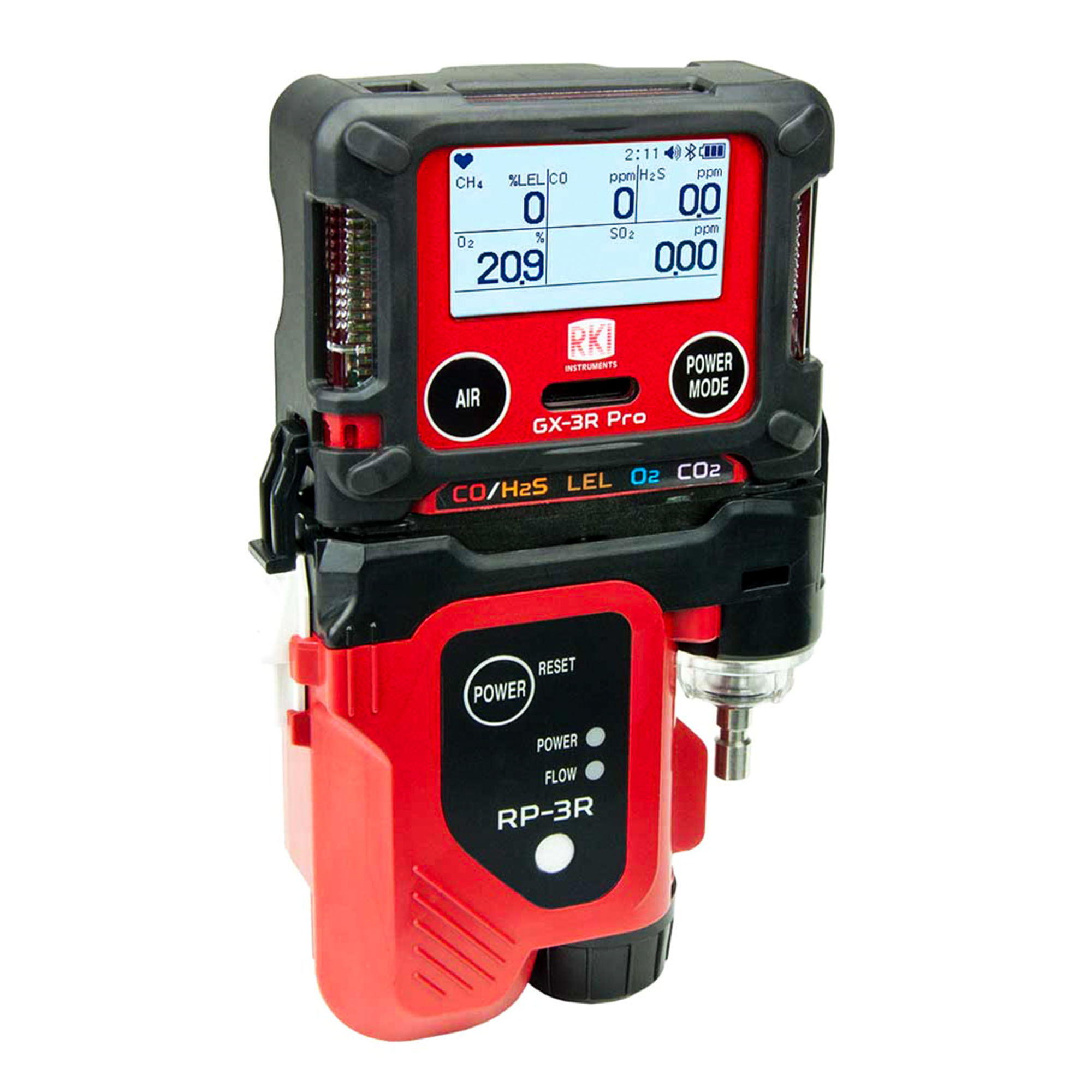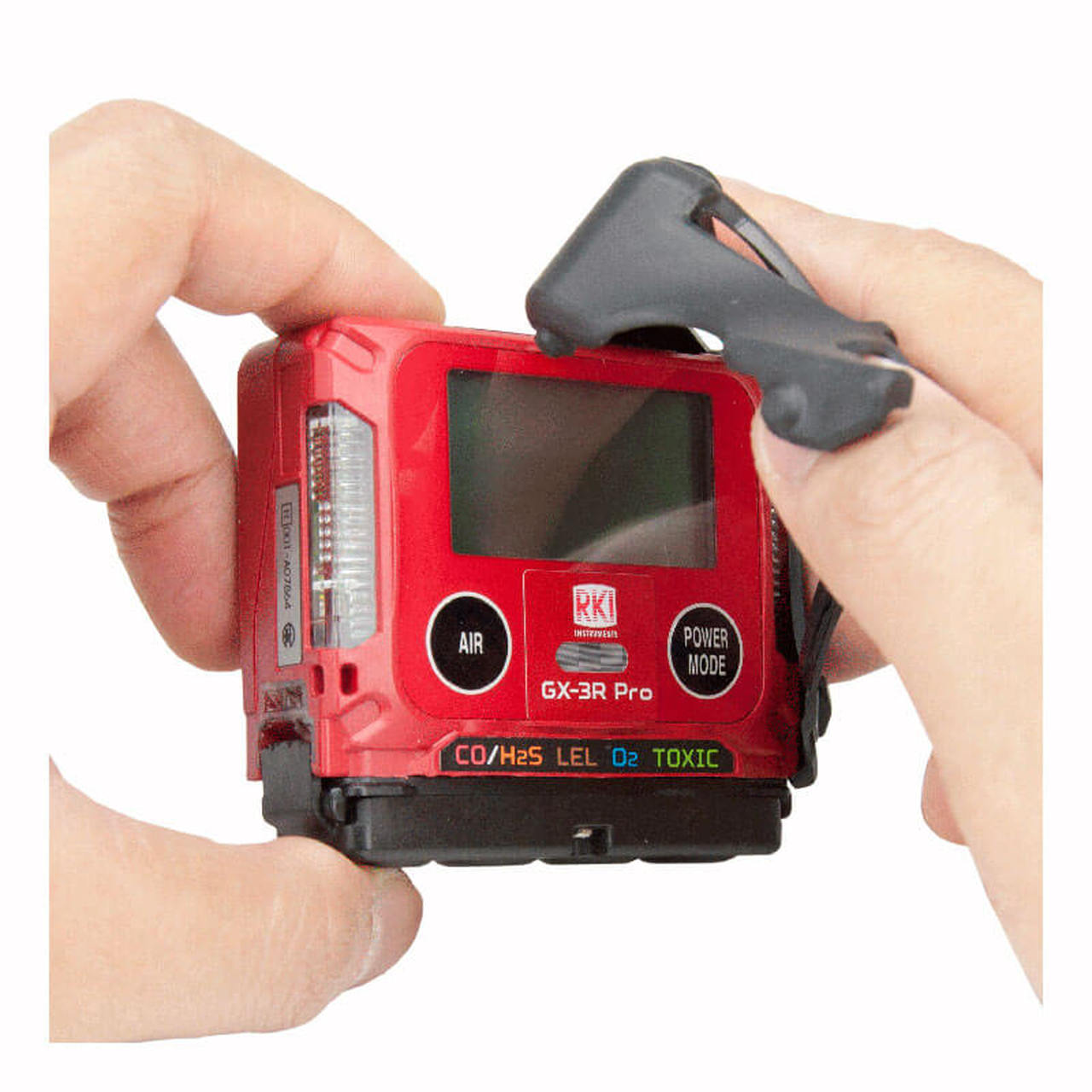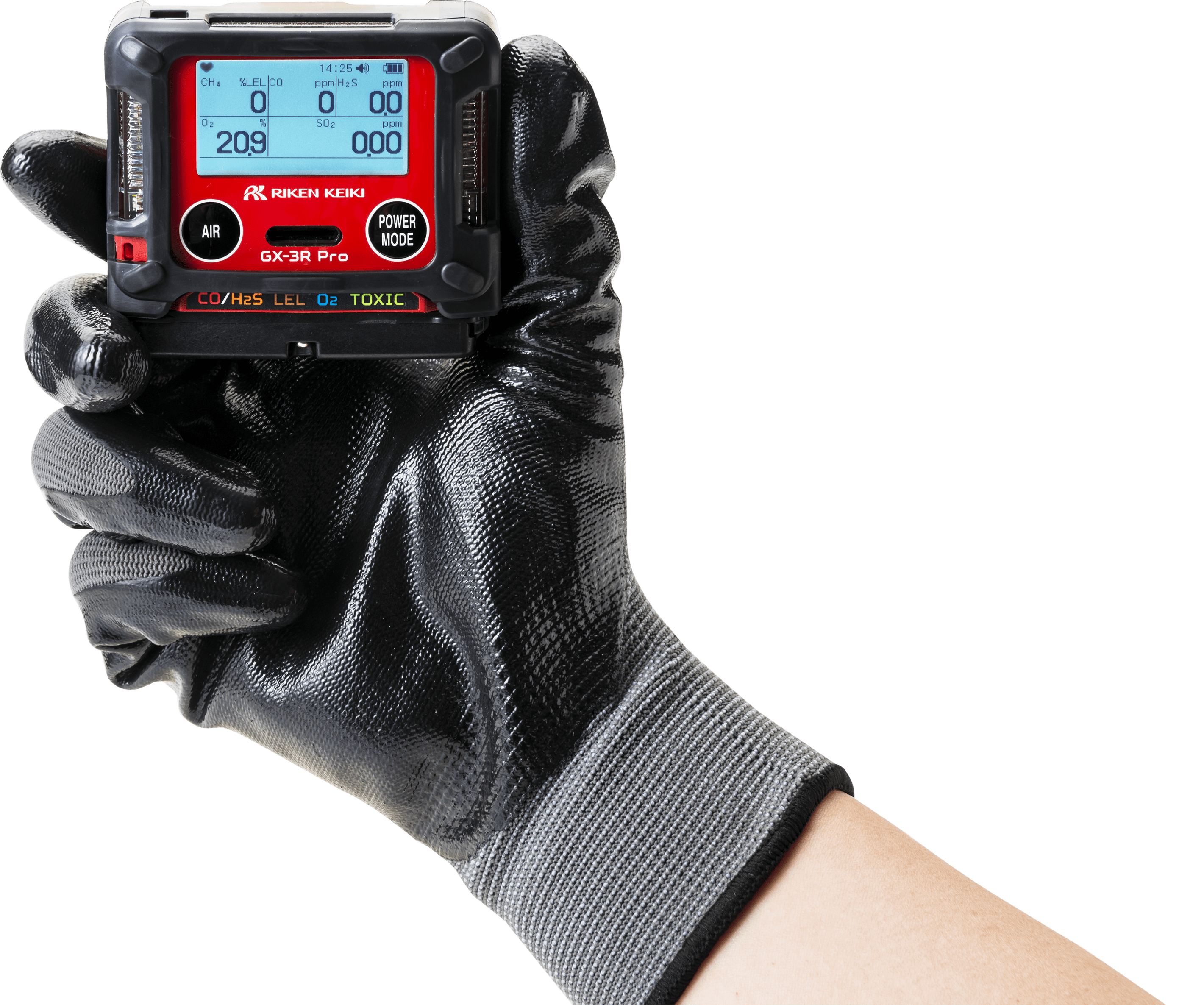
They can provide a relatively accurate alarm point at a volume of 19.5 percent to protect workers from reduced oxygen levels. As a general rule, each type of sensor is best suited for certain substance categories.Įlectrochemical (EC) oxygen sensors measure the volume of oxygen in air over the range of 0-25 percent.

Some situations may require monitoring capabilities for additional substances. Gas monitors also provide an alarm at the appropriate real-time concentration, short-term exposure limit (STEL) or time-weighted average (TWA) for the monitored substance.Įlectronic gas monitors with four or five different sensors (multi-gas monitors) may be sufficient for many confined space applications. ➤ Toxic gas levels – Typical confined space monitors have hydrogen sulfide (H 2S) and carbon monoxide (CO) sensors additional toxic sensors may be used based on the application. ➤ Combustible gas – To test for levels of flammable or explosive gases. ➤ O2 – To check the oxygen level for deficiency or enrichment. The monitor you choose should include sensors for: It quickly should respond to explosive gases and have a high level of sensitivity to combustible organic vapors in a confined space. When facing an unknown gas hazard, you need a sensor that provides dependable detection of combustible atmospheres.

Sensors Are the Heart of a Gas MonitorĪs you might imagine, the sensor is the most important component inside a gas monitor. They run on either rechargeable or replaceable batteries.
#4 gas monitor in breathing zone portable
Portable gas monitors are lightweight with dimensions similar to a mobile phone for ease of use. A multiple sensor design often is driven by OSHA requirements, which specify confined space monitoring by following this detection sequence: oxygen, combustible gases and any potential toxic contaminants (see. More run time helps increase productivity by minimizing new checks of the atmosphere for each shift change or when the space may be unattended. Look for one with area monitoring via diffusion or with a sampling pump, wireless communications capabilities and a waterproof housing with continuous operation of around 60 hours.

Some measure up to six gases and include piercing audible and attention-getting 360-degree visual alarms.Īn alternative or adjunct to personal monitors is a transportable area monitor. Portable gas monitoring systems may be designed for a single substance, or can be fitted with multiple sensors. It’s a must-have, life-saving tool that can be used in a wide range of industrial settings. Employers must ensure a safe and healthy worksite to maintain production and to protect their workers.Įach person entering the confined space should be equipped with a portable gas monitor worn where it can be checked easily and frequently. To protect workers, employers are required by law to have a way to monitor the air before entry and during the entire time employees occupy the confined space. This especially is true of workers who must enter confined spaces to perform job tasks. Regulations call for the monitoring of these environments.Įvery day, workers who are just doing their jobs can come into contact with airborne contaminants that are harmful or even fatal. In the confined work spaces found in chemical plants, paper mills, refineries, underground mines and utility passageways, the air may be contaminated with toxic or combustible gases or suffer from a lack of oxygen.


 0 kommentar(er)
0 kommentar(er)
